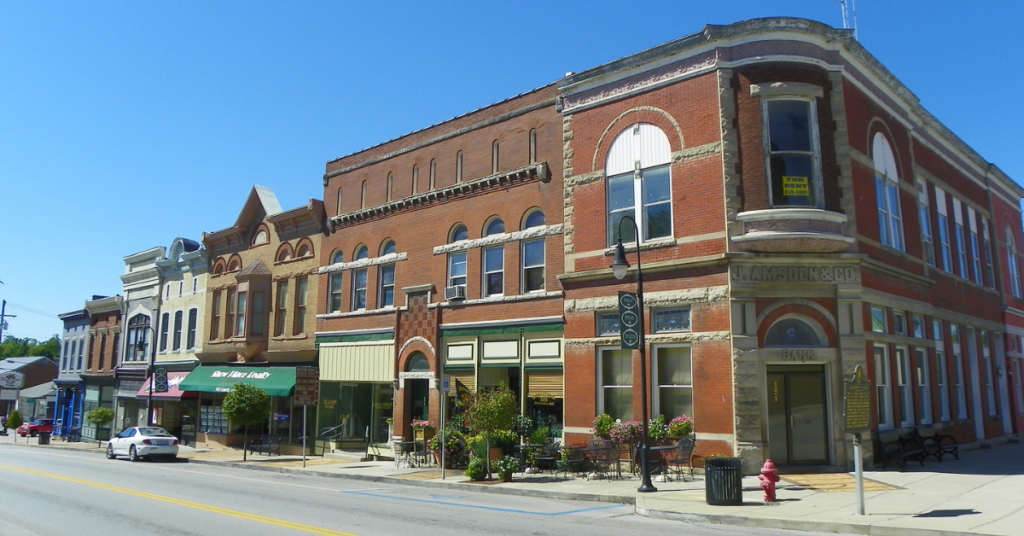
Three principles to guide federal transportation spending

It’s time for transportation investments that achieve results for all Americans. For future investments in U.S. infrastructure, Congress should follow three key principles: prioritize safety over speed, fix it first, and invest in the rest.

Federal transportation policy has very serious problems to solve. Our roads, bridges, transit, sidewalks, bikeways, and rail systems are in disrepair; congestion has increased; pedestrian fatalities and emissions are the highest in decades, and rising; and too many people lack safe, affordable, and convenient access to jobs and essential services.
For too long, Congress has thrown more funding at the problem, hoping that spending more dollars on the same thing will lead to different results. However, all this money has only continued to make our problems worse. As Congress makes decisions about limited taxpayer funds, it’s time that they invest smarter, prioritizing our dollars to create a transportation system that works for the average American.
With the Infrastructure Investment and Jobs Act expiring in 2026, the next surface transportation reauthorization, a significant federal investment in our nation’s infrastructure, will be top of mind for the next Congress. Based on the results of the last reauthorization (and the one before that, and the one before that), it is clear that we need a fundamental change in approach. That’s why we’re calling on Congress to update the decades-old federal transportation program to design for safety over speed, prioritize maintenance, and invest in the full transportation system, including opportunities to walk, bike, and take public transit.
Invest in the rest
For more than half a century, we’ve invested hundreds of billions of dollars into building a sophisticated highway system that attempts to connect everyone to everything everywhere—by car. We’ve completed a highway system that was once the envy of the world, but now that same system is failing to meet today’s needs. Imagine what we could achieve if we applied the same level of funding and energy into investing in more options to get people where they need to go.
Past road projects destroyed walkable communities or eliminated walking as an option. Investments in highways have drastically outpaced transit investments, with roughly 80 percent of federal transportation money going to highways since the 1980s while only 20 percent has gone to public transportation. As a result, most Americans have to travel by car to get where they need to go—whether or not they want to or can afford to—which leads to more traffic, more lanes, and more harmful climate emissions.
It’s time for Congress to invest in the rest of our transportation system, which has been neglected for far too long, and bring the freedom of choice back to everyday Americans trying to get where they need to go as conveniently, safely, and affordably as possible.
It’s Invest in the Rest Week! In our next three posts, we’ll be diving into this principle and why it should be a top priority in federal transportation spending. Check out the first post here for more on this new T4A principle.
Safety over speed
Ask any member of Congress, and they’ll tell you that they believe our roads should be safe for all travelers. Yet federal investments in transportation have made our roads deadlier. In 2022, the number of people hit and killed while walking reached a 40-year high.
This is because our transportation models and policies prioritize the speed of vehicles over the safety of all road users. High-speed car travel makes sense in some environments, like on interstates or limited access highways. However, when fast-moving cars encounter people walking and biking on our local roadways, crashes, injuries, and deaths become far more likely. When it comes to roads like these, we have to choose between vehicle speed and the safety of all road users—we can’t have both.
Fix it first
There is an $830 billion backlog for repairing existing U.S. highways alone. The entire federal program spends about $50 billion per year, so even if we devoted 100 percent of all federal money to maintenance for ten straight years, we’d still be unable to fully address this backlog. This does not even account for the costs of maintaining and preserving the additional roads and bridges that we continue to build.
Our congressional leaders are well aware of this deficit. In fact, when they are determining how many taxpayer dollars to devote to our nation’s infrastructure, the need for maintenance is always top-of-mind. However, when states go to spend those dollars, they almost always prioritize costly highway expansion projects over needed repairs. And despite the clear public desire to see maintenance needs addressed, there is no federal requirement that they spend these funds any other way.
We can’t continue to build more roads and bridges if we can’t take care of the ones that already exist. Our federal funding needs to be focused on achieving a state of good repair.
For decades, Congress has poured money into the same flawed system. We’ve seen the results of that strategy. It’s time to make smarter investments in our transportation system. Starting now, we will continue to engage our congressional leaders to advance these three principles—and in the year ahead, we’ll be calling on you for help.



